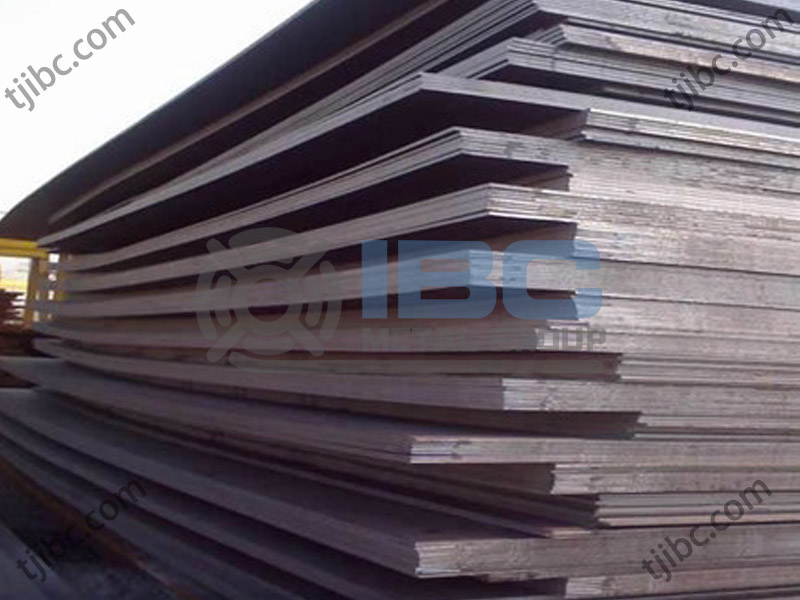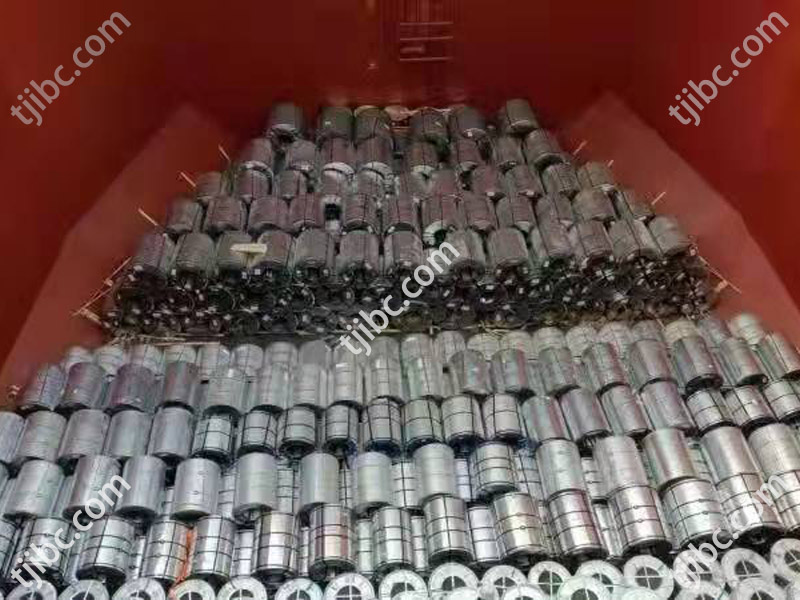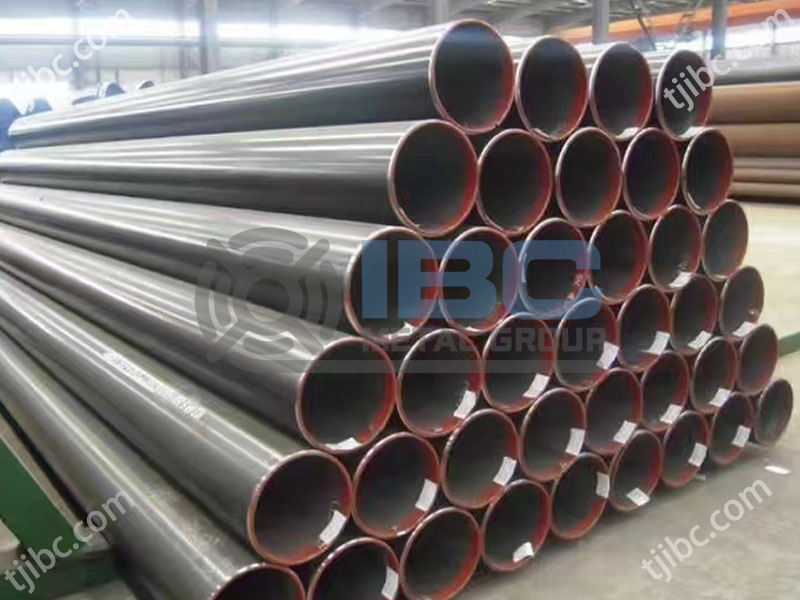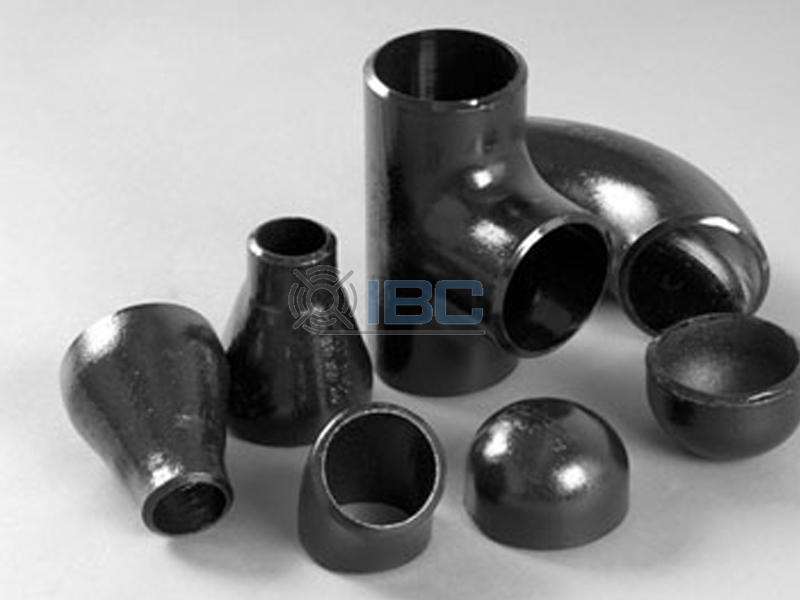Structural Steel Plate Performance Characteristics
High strength: The structural steel plate has a high yield strength and tensile strength, and can withstand a large load.
Good toughness: When subjected to impact or vibration, it can maintain good integrity and is not easy to break.
Excellent welding performance: easy to be welded with other steels to form a stable structural system.
Good processing performance: Workers can use cutting, bending, stamping and other ways to process.
Fatigue resistance: In the course of long-term use, it can resist fatigue damage caused by alternating loads.
Production Process of Structural Steel Plate 1
1. Prepare raw materials
Material selection: First of all, workers need to choose the raw materials that meet the requirements, mainly steel billets. The steel furnace melts these billets. They need to have a specific chemical composition. Such as carbon (C), silicon (Si), manganese (Mn), phosphorus (P), sulfur (S) and other elements should be controlled within a certain range.
Quality inspection: Quality inspection of the billet. Including chemical composition analysis and physical property testing. Ensure that it meets the standards for manufacturing S355J2 steel plates.
2. Smelting
Melting: The worker adds the selected raw material to the furnace. By controlling the furnace temperature and the atmosphere in the furnace, the raw material will melt and form a uniform alloy liquid.
Alloying: During the melting process, the necessary alloying elements are added to adjust the composition of the liquid steel. This can meet the design requirements of different types of structural steel plates.
3. Casting
Casting: Workers will pour molten steel into a pre-prepared cast. By proper cooling, the molten steel solidifies into billets.
Preliminary treatment: They also conduct preliminary inspection and treatment of the billet, such as removing surface defects and internal stresses.
4.Heat treatment
Heating: the casting blank is heated to a certain temperature to change its organizational structure and performance.
Heat preservation and cooling: In the insulation stage, the internal temperature of the billet is uniform. In the cooling stage, workers can obtain the ideal organization and performance by controlling the cooling speed and cooling method. Common heat treatment processes include annealing, normalizing, quenching and tempering.
Production Process of Structural Steel Plate 2
5. Roll
Hot rolling: By the rolling mill method, the billet forms a steel plate with a certain thickness and width under high temperature. Hot rolling can improve the plastic deformation ability of steel plate.
Cold rolling (if required) : Further rolling of the hot rolled steel sheet at room temperature. This can improve its surface quality and dimensional accuracy.
6. Surface treatment
Rust removal: workers remove rust on the surface of the rolled steel plate to remove the oxide and impurities on the surface.
Protective treatment: spray painting, galvanizing and other protective treatment as required. This can improve the corrosion resistance of the steel plate.
7. Cutting and forming
Cutting: According to the customer’s size requirements, the workers will cut the steel plate and get the finished product that meets the requirements. Common cutting methods include shear, flame cutting, plasma cutting and laser cutting.
Molding: Further processing of the cut steel plate, such as stamping, bending, stretching, etc. In this way, the desired shape and structure can be formed.
8. Inspection and packaging
Quality inspection: The factory will conduct quality inspection on the finished steel plate. Including appearance quality, dimensional accuracy, chemical composition and mechanical properties of the inspection. To ensure that the product meets the standard.
Packaging and storage: The qualified structural steel plate is packed and properly stored in the warehouse for subsequent use or delivery.

Contact with us today!



